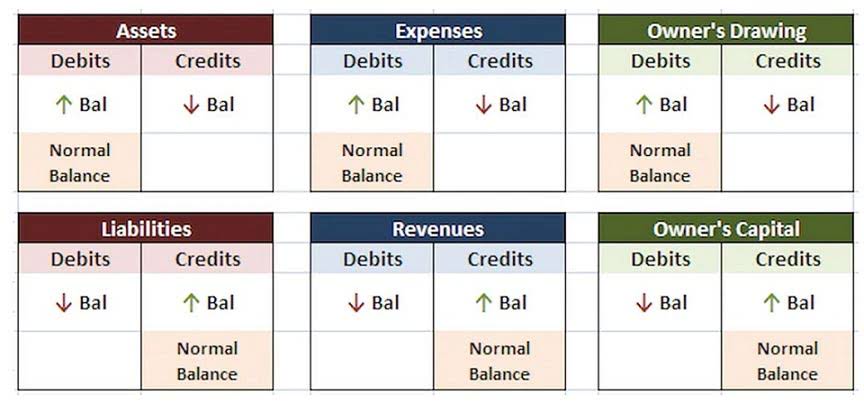
Each have bills to pay on a reoccurring basis; without sufficient cash on hand, it doesn’t matter how much revenue a company makes or how expensively an individual’s house is valued at. This company would order of liquidity of current assets be unable to pay its $10,000 rent expense without having to part ways with some fixed assets. For reporting the financial health of a business, few reports are as essential as the balance sheet.

Cash is simply the money on hand and/or
on deposit that is available for general business purposes. Cash held for some designated purpose, such as the
cash held in a fund for eventual retirement of a bond issue, is excluded from
current assets. Under the order of liquidity method, an organization’s current and fixed assets are entered in the balance sheet in the order of the degree of ease with which they can be converted into cash. Current assets are those assets that can be converted into cash within one year. Fixed or noncurrent assets, on the other hand, are those assets that are not expected to be converted into cash within one year.
What Happens If Ratios Show a Firm Is Not Liquid?
You need a balance
sheet to specifically know what your company’s net worth is on any given date. The balance
sheet also shows the composition of assets and liabilities, the relative proportions
of debt and equity financing and the amount of earnings that you have had to
retain. The key components of current assets are cash and cash equivalents, marketable securities, accounts receivable, inventory, prepaid expenses, and other liquid assets. Assets that fall under current assets on a balance sheet are cash, cash equivalents, inventory, accounts receivable, marketable securities, prepaid expenses, and other liquid assets. The cash ratio is the most conservative as it considers only cash and cash equivalents. The current ratio is the most accommodating and includes various assets from the Current Assets account.

The value of these items are summed up and listed on the balance sheet under the inventory category. They are arranged from the most liquid, which is the easiest to convert into cash, into the least liquid, which takes the most time to turn into cash. If the penalty is ultimately upheld, the attorney general could go after Trump’s bank and investment accounts. There’s also the possibility of going through a legal process to seize properties such as his Trump Tower penthouse, aircraft, Wall Street office building or golf courses, and then seeking to sell them. Trump, who was attending a separate hearing in his criminal hush money case in New York, hailed the ruling and said he would post a bond, securities or cash to cover the $175 million sum in the civil case.
Do you own a business?
But it’s equally likely that rates aren’t going back to zero any time soon, meaning pressure on multiples will endure. The lack of affordable leverage cut the number of megadeals—those over $5 billion—by almost half, and the average deal size dropped to $788 million, down from the peak of $1 billion in 2021. Excluding add-ons, buyout investment value dropped to $438 billion, a 37% decrease from 2022 and the worst total since 2016 (see Figure 4). The steep slope of the decline was something the industry hadn’t experienced since the global financial crisis.
- Brokers often aim to have high liquidity as this allows their clients to buy or sell underlying securities without having to worry about whether that security is available for sale.
- Debt is a liability, whether it is a long-term loan or a bill that is due to be paid.
- Your management group also requires detailed
financial data and the labor unions (if applicable) will want to know your employees
are getting a fair share of your business earnings. - Thus, on December 31, the firm reflects a high cash balance on its balance sheet.
- In other words, the total amount of all assets will always equal the sum of liabilities and shareholders’ equity.
Coins, stamps, art and other collectibles are less liquid than cash if the investor wants full value for the items. For example, if an investor was to sell to another collector, they might get full value if they wait for the right buyer. However, because of the specialized market for collectibles, it might take time to match the right buyer to the right seller.
What is liquidity?
But if she wanted to take a more aggressive stance, Ms. James could freeze some of Mr. Trump’s bank accounts, which might send the Trump family business into a tailspin. This suggests that, to drive the steady performance LPs increasingly demand, GPs will need value-creation strategies that increase operating leverage by boosting revenue and margins, not just revenue alone. This will be especially critical as higher interest rates put the brakes on the multiple expansion that the industry took for granted in the era of 0% rates. Figuring out how to generate performance without those macro tailwinds is what will separate winners and losers in 2024 and beyond. DealEdge is the most granular PE analytics platform in market, covering more than 570 subsectors and offering more than 20 deal-level performance and operational metrics. Whether you saw any benefit from that windfall, however, depended on where you sat.
The order of liquidity is the order in which assets are listed on a balance sheet, starting with the most liquid assets and ending with the least liquid assets. If it is a short-term investment, such as a money market fund, then it would be classified as a current asset. It would be classified as a noncurrent asset if it is a long-term investment, such as a bond.
